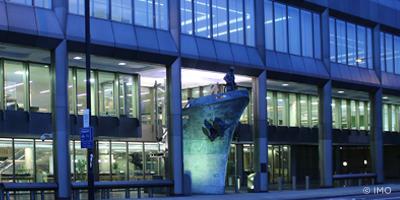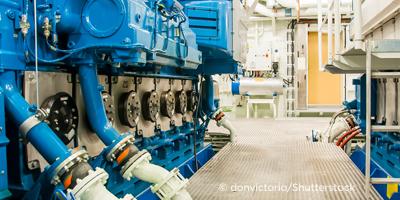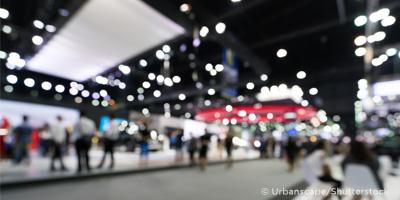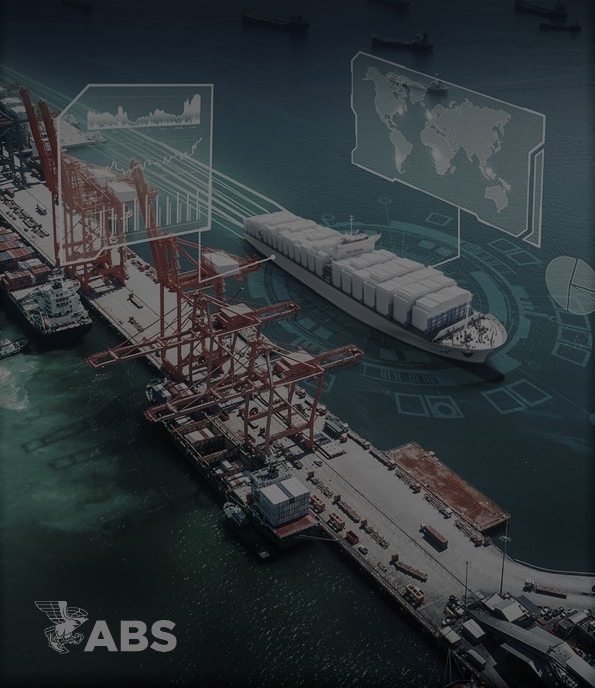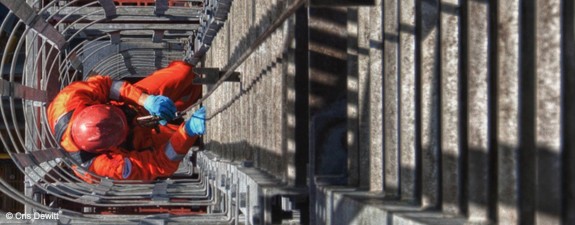Ergonomics & Habitability in the Workplace
Maritime personnel work in a physically demanding environment that requires a high degree of alertness and concentration. Workplace design, layout and ergonomics affect their ability to work safely and be productive. ABS provides a series of guides and guidance notes on ergonomics and habitability in the workplace.
Design and layout considers the integration of personnel with equipment, systems and interfaces such as controls, displays, alarms, video-display units, computer workstations, labels, ladders, stairs and overall workspace arrangement.
People have social, psychological and physiological capabilities, limitations and needs that may impact their work performance. It is important for designers and engineers to consider them. For example, hardware and software design, arrangement and orientation should be compatible with personnel capabilities, limitations and needs.
The physical design and arrangement of the workplace, and its effect on personnel safety and performance, should also be taken into account.
In addition, designers and engineers should be aware of the cultural and regional influences on behavior patterns and expectations of personnel. For example, certain words, phrases, objects and even colors can have different cultural meanings that should be considered during the initial stages of design.
The design, arrangement and orientation of the work environment should reflect the full range of personnel. This requires an awareness of potential differences in physical dimensions such as stature and forward functional reach (anthropometric) and strength capabilities and limitations (biomechanical). If these factors are not considered, the workplace design may increase the likelihood for human error. Additional training, operations and maintenance manuals, along with more detailed written procedures, cannot adequately compensate for human errors caused by poor design.
Elements of Habitability Influenced by the Design Process
To produce suitable living and working conditions within design and budget constraints, habitability should be incorporated during design. When it is not possible to strictly adhere to habitability criteria, design alternatives are used to improve environmental conditions. Examples of alternatives are dampening noise transmission with acoustic insulation and alleviating vibration by applying resilience techniques.
Workplace ergonomics is a major aspect of designing for habitability. Ergonomics is the design, placement and arrangement of the components and spaces on board where crewmembers live and work. Design and ergonomics can be improved if addressed early in the planning stages. For example, the decision to locate crew berthing away (or suitably protected) from spaces containing noisy or vibrating equipment is easier before construction starts.
The ambient environmental conditions that impact habitability are:
- Noise levels
- Whole-body Vibration
- Thermal comfort (temperature, humidity and ventilation)
- Illumination




